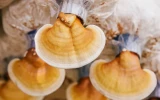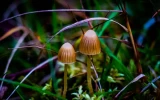PF Tek vs. Monotub: Pros & Cons for Beginners Explained
If you're new to mushroom cultivation, you're likely looking for the most efficient and cost-effective ways to grow gourmet mushrooms. Two popular techniques are the PF Tek and Monotub methods. In this article, we'll compare the pros and cons of each method to help you decide which one is best suited for your needs as a mushroom grower.
The PF Tek method provides ease and convenience. However, low yields can be expected, along with risks of contamination. The monotub method is more costly and complex but can produce large mushroom yields. It also has a lower chance of contamination since humidity and air exchange can be easily controlled.
No matter their difference, these two methods are usually practiced by beginners in mushroom cultivation. Let's dive into the details of their advantages and disadvantages, which may help you clearly see which of the two you should favor when growing your mushrooms.
Summary
- The PF Tek method is an easy and efficient way to cultivate mushrooms using only basic materials and equipment, even with little knowledge about mushroom growth. The monotub method, although complex, tops all other forms of cultivating mushrooms when it comes to production yield.
- If you're after high yield, you should opt for the monotub method instead of the PF Tek method. But if you're willing to learn the basics of mushroom growth, the PF Tek method is most suitable for you.
- The monotub method provides an all-in-one container for both incubating and fruiting your mushrooms. The PF Tek method is only used for inoculating and incubating your mycelium and will need a separate fruiting chamber.
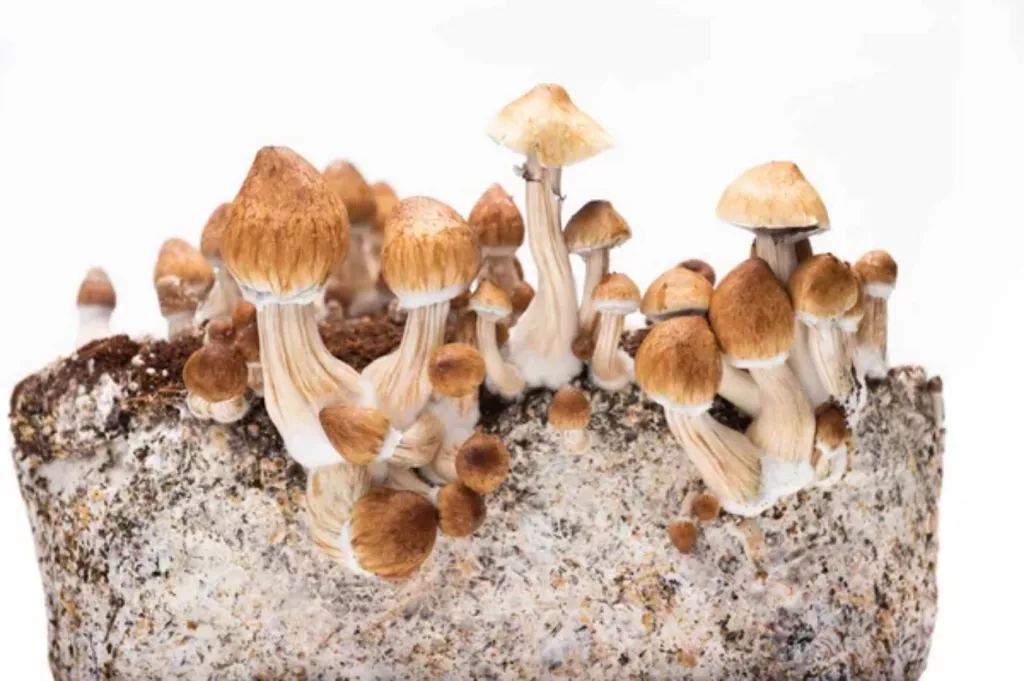
On this page:
Pros and Cons of PF Tek and Monotub Method
PF Tek method is derived from the technique that is used to grow the mushroom “Psilocybe fanaticus” from which its name is derived. This method utilizes small pint jars loaded with vermiculite and brown rice flour (BRF) as substrate, inoculated with either a syringe full of mushroom spores or liquid culture.
When incubated, these jars produce colonized cakes of mycelium that are transferred to a separate fruiting chamber such as a shotgun fruiting chamber to encourage the production of fruiting bodies.

The monotub method, on the other hand, uses an all-in-one container, such as a large transparent tote or storage tub, wherein you can incubate your spawn and bulk substrate mixture and then continue fruiting them once the substrate is fully colonized.
The monotub uses thermal air currents to provide fresh air exchange whilst retaining moisture inside of the tub. Air exchange happens through the holes drilled on the sides of the tub.
PF Tek method is easy and cost-efficient but has a low yield and a high risk of contamination
The PF Tek method is a simple and effective way of growing gourmet mushrooms such as oysters and shiitake mushrooms at home.
Pros of PF Tek method
The PF Tek method is said to be beginner-friendly due to the following reasons:
- The materials used in this kind of setup are readily available. The main materials needed for the setup are small pint jars, vermiculite, and brown rice flour. Any kind of wide-mouth canning jar can be used, while vermiculite can be easily purchased from local garden centers.
Brown rice flour is readily available in grocery stores. At the same time, the spores, or liquid cultures to be used in inoculating the substrate can be bought online.
-
Substrate preparation involves simple mixing and steaming. Contrary to other methods that involve plenty of boiling, sterilizing, or pasteurizing using expensive equipment such as a pressure cooker, substrates of the PF Tek method can be prepared by simply steaming the jars on a pot on the stove.
-
This method uses spores or liquid culture syringes. Liquid culture has more advantages over solid culture. Liquid culture produces better spawn quality and reduces the risk of contamination. It is also more efficient, less costly, and gives a more stable yield.
Cons of PF Tek method
While we saw some of the benefits of the PF Tek method especially for beginners, it also has some drawbacks such as the following:
- It requires a separate fruiting chamber. Basically, the jars only function as incubators to allow the spores or liquid culture to fully colonize the substrate. Until then, the contents of the jar will need to be transferred to a separate fruiting chamber, such as a shotgun fruiting chamber.
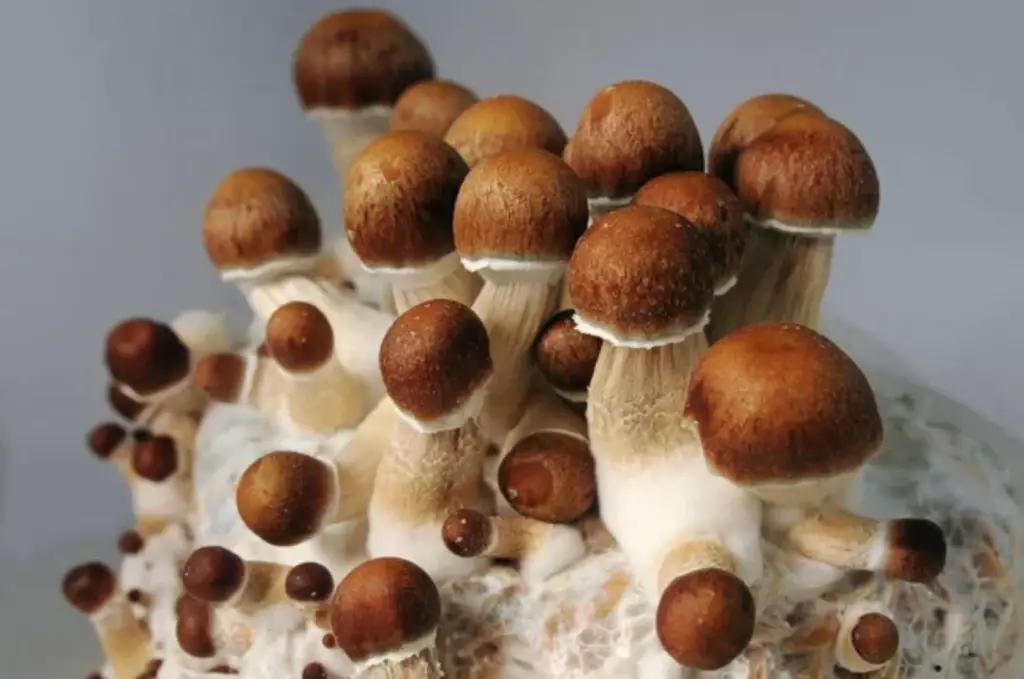
-
The colonized cakes will have to be dunked in cold water to rehydrate and induce fruiting conditions. This process, including the manual transfer of the cakes to a fruiting chamber, may increase the risk of contamination.
-
PF Tek method produces lower yields compared to other methods. Since this method only involves the use of small jars, there’s not much room for mushrooms to grow. So if your goal is to produce an abundant mushroom harvest, the PF Tek method might not be your best bet.
The monotub method has a complex and expensive setup but is low maintenance
The monotub method is another technique used to cultivate mushrooms and is most popularly used by amateurs in the industry whose aim is to produce large yields. It’s not too costly, as it is only made of a clear tote container drilled with 2 holes on each side, a bulk substrate of your choice, and your pre-inoculated spawn.
Pros of the monotub method
The following are some of the advantages of using the monotub method to grow your mushrooms:
-
It can be used both as an incubator and as a fruiting chamber. It allows growers to focus on a single container without having to transfer colonized cakes and build another chamber to fruit them, which will require additional effort. Using this system also reduces the risk of contamination.
-
It provides an easy way of regulating certain fruiting conditions such as humidity and air exchange. The holes drilled on the sides of the tub restrict and allow control of these conditions. During colonization, these holes must be covered with duct tape to lock in moisture and allow CO2 buildup, which is needed for the mycelium to colonize the substrate.
Once the substrate is colonized, the tape is replaced with polyfill or micropore, which is breathable but filters the air that goes inside the tub and allows CO2 to move out. This air exchange sets the mycelium fruiting.
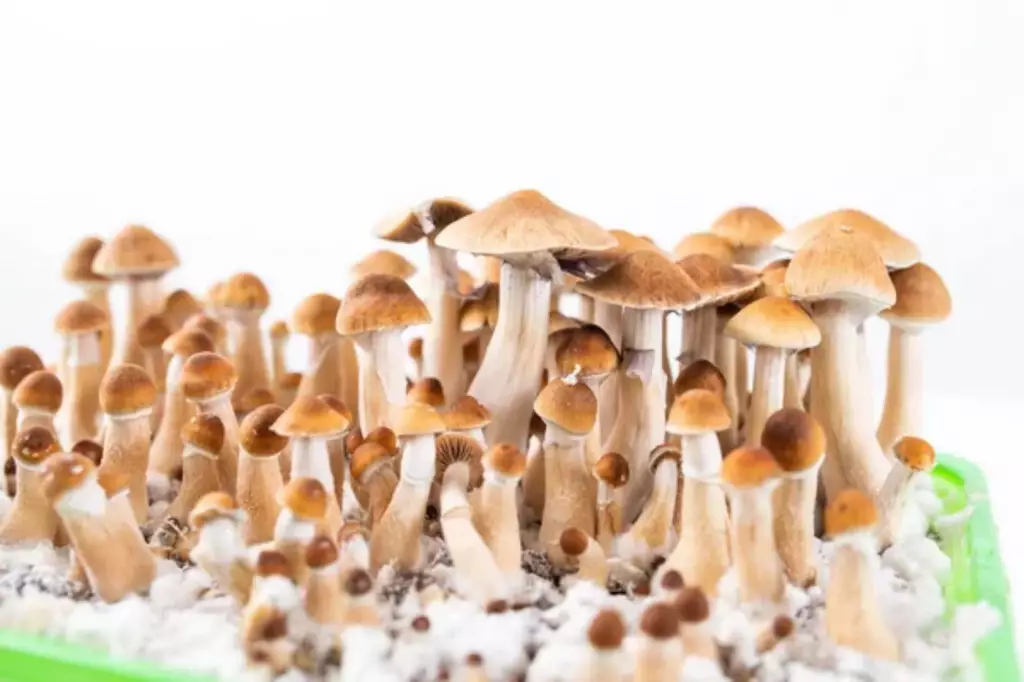
- It provides a larger space for the mycelium to spread and more headroom for the fruiting bodies to grow, which equates to larger and greater yields compared to other methods.
Cons of the monotub method
Even though the monotub method outperforms other methods of mushroom cultivation in terms of production yield, this method also has downsides.
-
The monotub system has a complex setup and requires arduous labor. From substrate preparation down to providing fruiting conditions, one must have enough knowledge before jumping into this challenging method.
-
It is not space-friendly, less durable, and will require thorough cleaning before being reused to grow another set of mushrooms. This method is therefore not a good option for beginners who have limited space capacity in their home or growing room.
Transferring or moving this setup is also not a good idea, compared to jars in PF Tek, which can be moved around, because the large totes may break or crack during movement. Since this setup is spacious, it will need more time to be cleaned before reusing it to grow the next mushrooms, to make sure it is totally free of contaminants.
